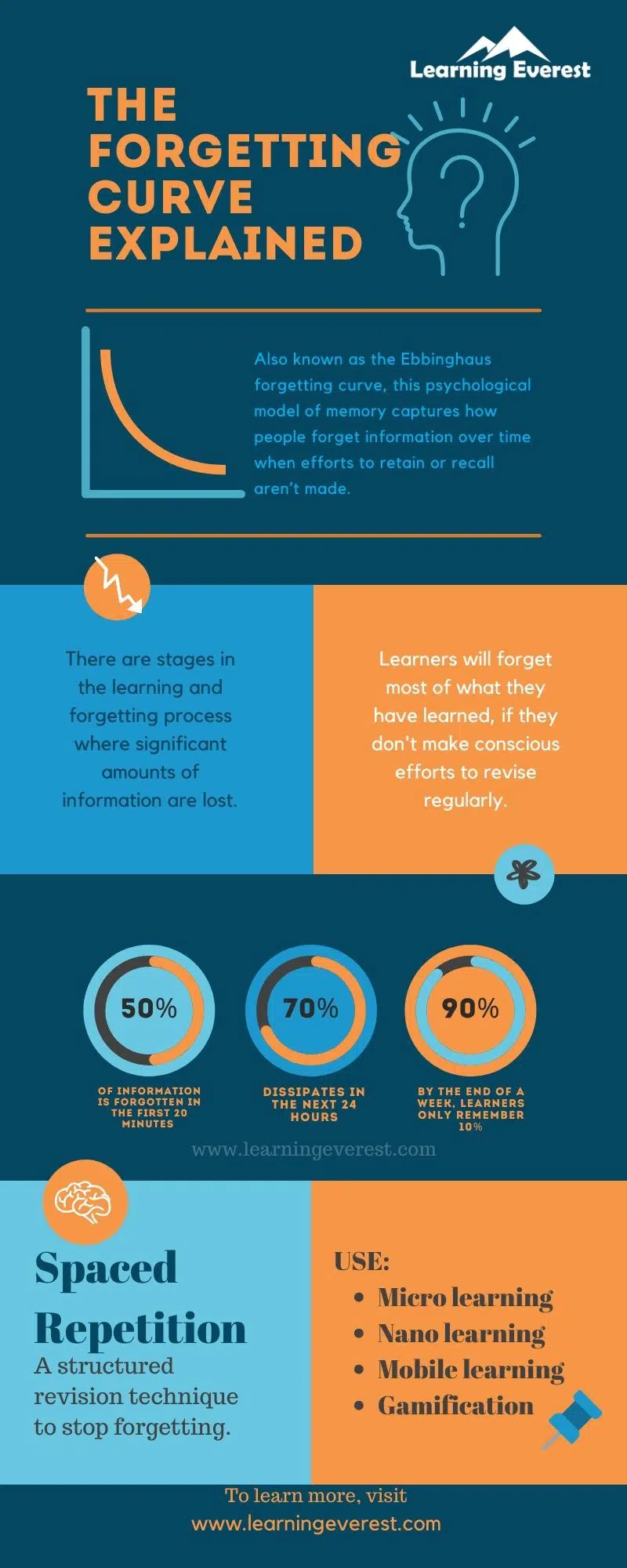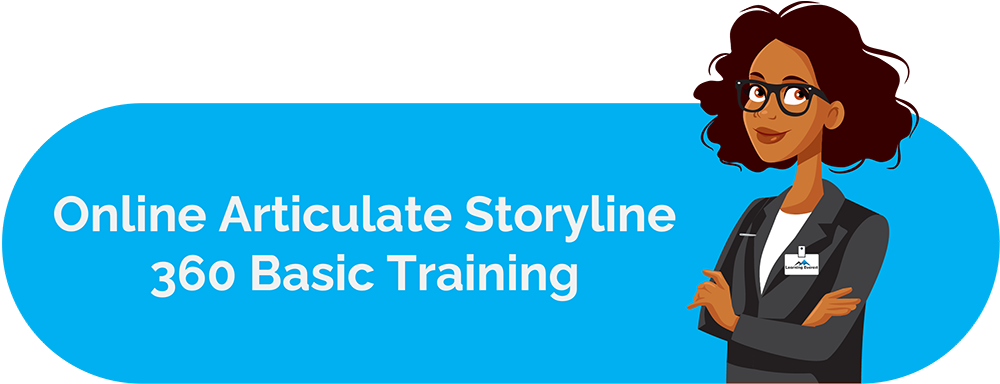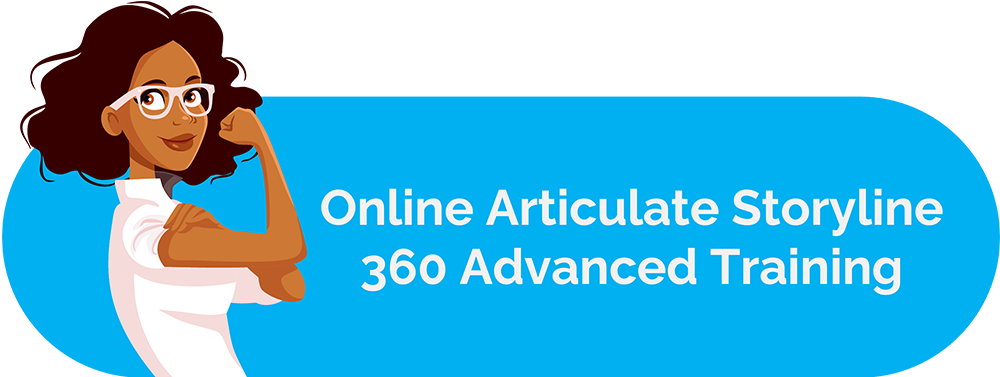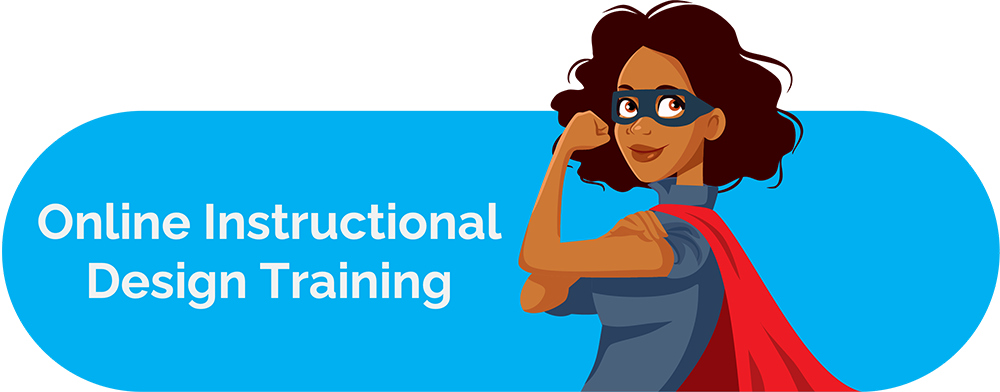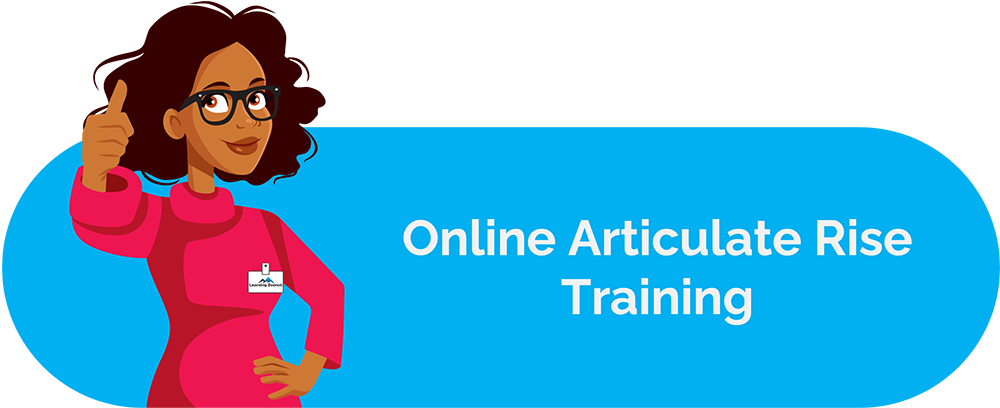Most of us have heard of or instinctively understand the forgetting curve.
Also known as the Ebbinghaus forgetting curve, this psychological model of memory captures how people forget information over time when efforts to retain or recall are not made.
Table of Contents
Retention is a core aspect of learning. Thus, for instructional designers and learning and development professionals, it is essential to thoroughly understand how to effectively transfer knowledge to employees in a way that they retain it.
Understanding the mechanics of memory through the forgetting curve
The forgetting curve emerged in 1885 when the German psychologist Hermann Ebbinghaus conducted a series of memory experiments on himself.
In these experiments, he made various lists of random three-letter words that he called “nonsense syllables” (e.g., zof) and memorized them. He then observed how long it took to forget these words, plotting his findings on a graph. With this information, he then pieced together the forgetting curve.
At present, Ebbinghaus’ forgetting curve is one of, if not the most well-known model of memory, especially in the learning industry.
With that brief history lesson aside, let us look at how this framework of memory functions.
Ebbinghaus discovered there are some stages in the learning and forgetting process where significant amounts of information are lost. His experiments produced the following insights:
- People forget 45-50% of what they learn in the first 20 minutes of receiving any information.
- In 24 hours, 70% of the new knowledge has escaped the memory.
- By the end of a week, individuals can only recall 10% of what they learned.
Many scholars have since replicated this exact pattern of learning, retention, and forgetting in their studies, lending credibility and reliability to how this memory process works.
Spaced Repetition: The Antidote
As a solution for better memory retention, Ebbinghaus introduced the concept of Spaced Repetition.
Spaced repetition is a structured revision strategy where information is revisited at all the notable stages of the forgetting curve to reinforce learning and slow down the process of forgetting. It is commonly used in course development, educational or training programs, and by students to keep their memory polished.
Spaced repetition has four major revision checkpoints:
- After interacting with new information, learners must re-engage with it within a short period on the same day. For instance, right after a session ends.
- Then, they must revisit what they learned in the next 24 hours since the most amount of forgetting happens by then.
- Another revision should occur seven days after learning the new information.
- Finally, another revision session should take place in 3 weeks or 31 days after acquiring the new knowledge.
At this point, most learners have retained a significant amount of information, even things they could have forgotten. Thus, the loss of subject matter-related memories slows down. Students or facilitators can then increase the recall intervals to 3, 6, and 12 months.
Other Retention Boosting Factors
While spaced repetition is deliberate and very effective, some external and situational conditions are also favorable for the learning process.
It is more likely for learners to remember courses and training for a longer time if:
- They are already a little familiar with the topic or have prior experience with the subject matter
- The course content is relevant to the learning objectives
- The course delivery and presentation are engaging for the learners
- The syllabus is not overly complex
Additionally, the mental, emotional, and physical state of learners, as well as the learning environment, can make or break the process of engaging with and retaining new information.
The relevance of the forgetting curve to adult learning and corporate training
While adult learners are self-directed and possess high motivation levels, they also have busier lives than full-time students. Similarly, not all employees attending a training program are there by choice. And just like voluntary adult learners, employees juggle many other responsibilities, especially if trainings occur alongside their day-to-day professional duties.
Furthermore, there is an emphasis on tangible performance outcomes across all adult learning endeavors. The end goal is to see meaningful results, apply new skills, and gauge ROI.
Combining these factors, it becomes apparent that as L&D professionals, its imperative to construct courses in ways that facilitate meaningful recall and draw upon proven principles of memory and learning.
Understanding the forgetting curve and spaced repetition, thus, is core to developing successful training programs and courses. In the next section, we will look at the strategies instructional designers use to ensure a program achieves what it claims to offer.
Using the forgetting curve to develop highly effective training programs
The goal when applying retention strategies is to use them tactically. They must fulfill some or all the conditions that help people remember more effectively. A good recall strategy should be multimodal, relevant, engaging, and sufficiently complex but not too difficult. Along with this, understanding the learning environment can help boost efficacy.
Microlearning modules
Microlearning is a form of instructional delivery that provides extremely condensed, precise, and practical information in short and quick sessions. These sessions are usually under 10 minutes long. A course can either be entirely microlearning-based or a blend of different delivery formats.
Revising processes, summarizing units, and learner assessment are strategic ways of using microlearning to counter the forgetting curve.
Nano learning
Nano learning is like micro-learning in that it provides highly relevant and concise pieces of information. One nano learning module typically deals with a single skill or topic. However, nano learning deliverables are much shorter, usually not lasting longer than 2 minutes.
Again, designer discretion and learning objectives guide which of the two to use and where.
Mobile Learning (mLearning)
Mobile learning enables employees to take their courses when they have the time. Mobile phones are an indispensible part of everyday life, and their functions and user experience are incredibly convenient and highly adaptable.
By allowing users to access courses on their mobile phones, they get an opportunity to learn in environments they might find conducive to studying. Additionally, this way, users are likely to engage with the syllabus when they actually feel like it.
mlearning is usually delivered as micro or nano learning. If courses are available cross-platform, trainers need to ensure they use a suitable LMS.
Gamification
Gamification is a popular strategy used in education and training to make the content appealing.
It introduces the elements of a successful game to the classroom. Engaging learners in this way compels the learners to assess the problem themselves and engage with it actively rather than through simple recall.
Conclusion
Throughout the learning process, it is vital to reel learners back in routinely to re-engage with older content so that they don’t fall prey to the effects of the forgetting curve. A well-designed course incorporates these recall checkpoints at relevant stages of instruction in exciting and meaningful ways.
Infographics
Frequently Asked Questions (FAQs)
What is a typical forgetting curve?
People forget 45-50% of what they learn in the first 20 minutes of receiving any information. In 24 hours, 70% of the new knowledge escapes the memory. By the end of a week, individuals can only recall 10% of what they learned.
What is the forgetting curve and how can it be prevented?
The forgetting curve is a graphical representation of the major stages of forgetting once new information is learned. A revision technique called spaced repetition helps prevent it.
How quickly do we forget training?
Who made the forgetting curve?
German psychologist Hermann Ebbinghaus discovered the forgetting curve in 1885.


